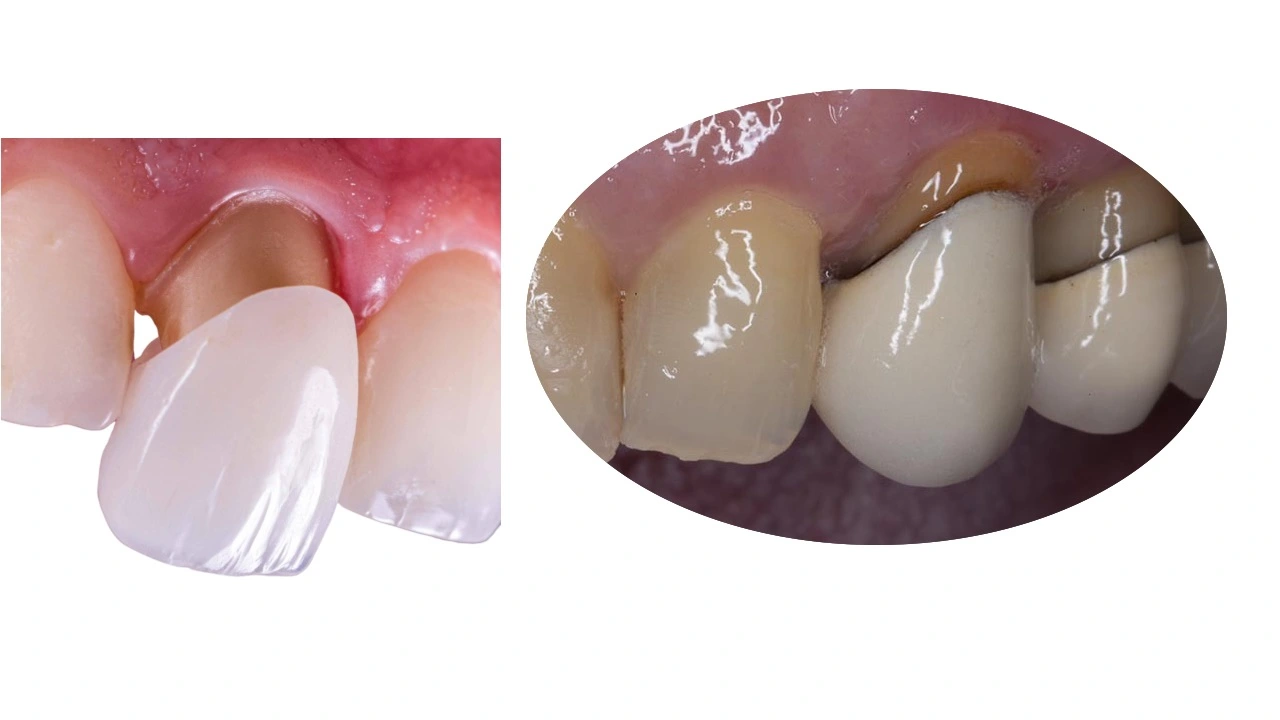Having a dental crown is a common dental procedure to restore the shape and function of a damaged tooth. However, some individuals may experience tooth pain that comes and goes under the crown. This intermittent discomfort can be concerning and affect your daily life. In this beginner-level guide, we will explore the possible causes of tooth pain under a crown and provide simple management strategies. Let’s delve into the topic and discover how you can find relief and maintain a healthy smile.
1. Tooth Sensitivity:
One of the common causes of tooth pain under a crown is tooth sensitivity. The tooth may become more sensitive to hot or cold temperatures, as well as sweet or acidic foods and drinks. This sensitivity can be a result of exposed dentin or nerve endings, which can occur due to age, gum recession, or improper fitting of the crown.
2. Dental Decay:
Tooth pain under a crown may also be a sign of dental decay. If the crown becomes loose or develops gaps, bacteria can enter and lead to decay in the underlying tooth structure. This decay can cause intermittent pain, particularly when biting or chewing.
3. Fractured Tooth:
A fractured tooth can cause pain under a crown, especially if the fracture extends below the gumline. The pressure exerted while biting or chewing can trigger discomfort that comes and goes. Fractures can occur due to trauma, teeth grinding, or excessive force applied to the crown.
4. Improper Bite Alignment:
When a dental crown is not properly aligned with the opposing teeth, it can result in an imbalanced bite. This misalignment can cause excessive pressure on the crowned tooth, leading to pain that comes and goes. Over time, this can also result in further damage to the crown and underlying tooth structure.
5. Gum Inflammation:
Inflammation of the gums around the crowned tooth can contribute to tooth pain that comes and goes. This inflammation, known as gingivitis or periodontitis, can occur due to poor oral hygiene, inadequate cleaning around the crown, or bacterial infection. The pain may worsen when pressure is applied to the affected area.
Management Strategies:
1. Maintain Good Oral Hygiene:
Proper oral hygiene is crucial in managing tooth pain under a crown. Brush your teeth twice a day using a soft-bristled toothbrush and fluoride toothpaste. Pay extra attention to the area around the crown, ensuring that you clean it gently yet thoroughly. Additionally, floss daily to remove plaque and food particles from between the teeth and under the crown.
2. Use Desensitizing Toothpaste:
Tooth sensitivity can be managed by using desensitizing toothpaste. These toothpaste formulations contain ingredients that help to block nerve signals and reduce sensitivity. Use the toothpaste as directed, applying a small amount to a soft-bristled toothbrush and brushing gently over the sensitive area.
3. Visit Your Dentist:
If you experience persistent or worsening tooth pain under a crown, it is essential to visit your dentist. They will examine the crown and underlying tooth structure to identify any issues. Your dentist may take X-rays to evaluate the condition of the tooth and recommend appropriate treatment options based on their findings.
4. Address Dental Decay:
If dental decay is the cause of the pain, the decayed area will need to be treated. Your dentist may need to remove the crown temporarily to access the decayed tooth structure. Once the decay is removed, they will restore the tooth and replace the crown if necessary.
5. Bite Adjustment:
In cases where improper bite alignment is causing the pain, your dentist may suggest a bite adjustment. This involves reshaping the crown or opposing tooth to ensure proper alignment and distribution of forces during biting and chewing. This adjustment can alleviate pressure on the crowned tooth and reduce pain.
References:
- “Why Does My Tooth Hurt After a Root Canal?” – American Association of Endodontists (https://www.aae.org/patients/dental-symptoms/tooth-pain-after-root-canal/)
- “Tooth Pain After Crown: Causes and Treatment Options” – Colgate Oral Care Center (https://www.colgate.com/en-us/oral-health/cosmetic-dentistry/bridges-and-crowns/tooth-pain-after-crown)
- “What to Do if Your Crown Falls Off” – Cleveland Clinic (https://my.clevelandclinic.org/health/treatments/7009-dental-crowns/what-to-do-if-your-crown-falls-off)
- “Why Does My Tooth Hurt When I Bite Down?” – Mayo Clinic (https://www.mayoclinic.org/symptoms/tooth-pain/basics/causes/sym-20050972)
- “Caring for Your Dental Crown” – WebMD (https://www.webmd.com/oral-health/caring-crowns#1)

